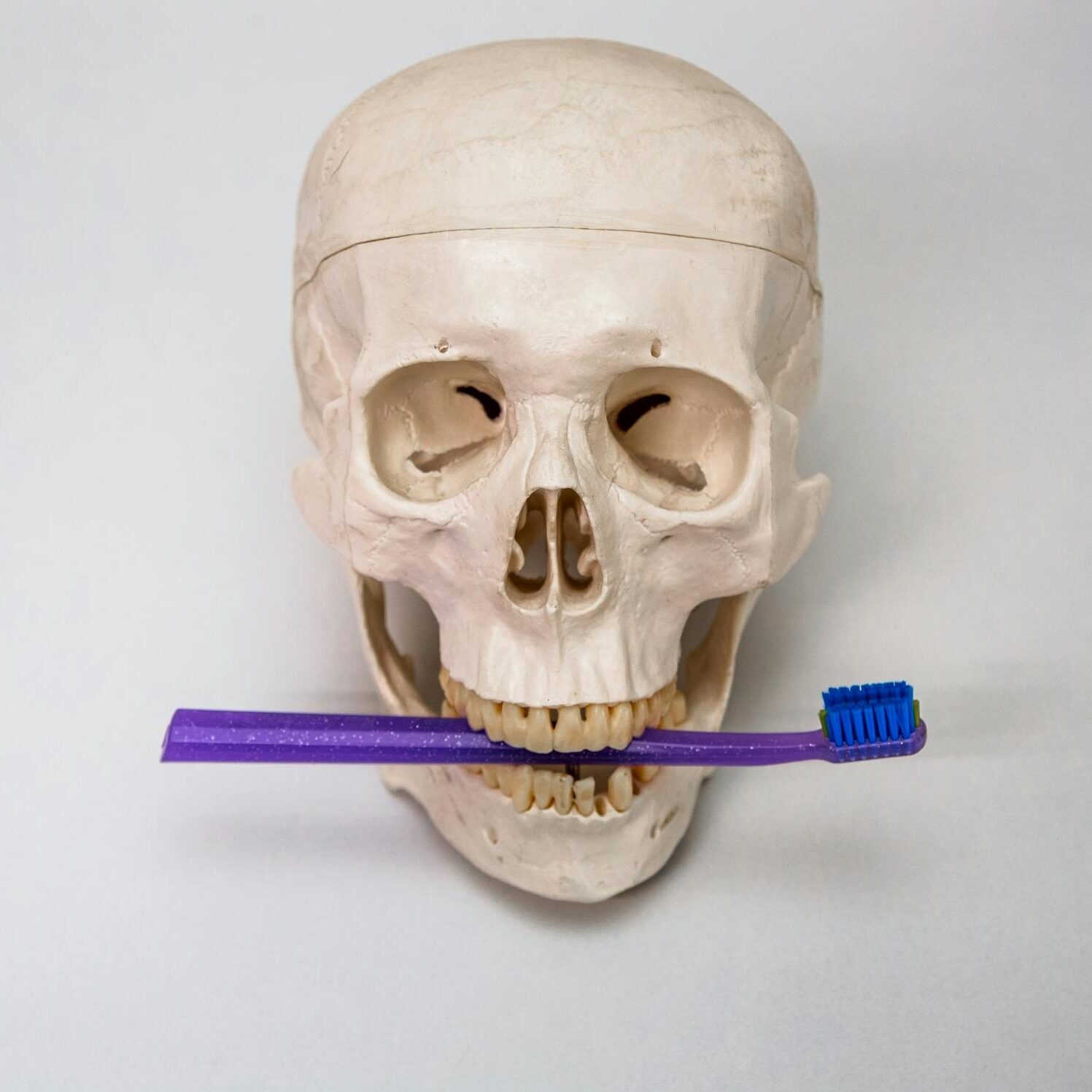1. Modified Bass Technique (Most Recommended)
- How: Hold your toothbrush at a 45-degree angle toward the gum line.
Gently move the brush in small circular or vibratory motions. Then, sweep the brush away from the gum line. - Why it’s effective: This technique targets plaque and debris just under the gum line, which is critical for preventing gum disease.
2. Stillman Technique
- How: Place the bristles on your gum line at a 45-degree angle. Press gently and roll or sweep the brush toward the chewing surface of the teeth.
- Why it’s effective: It focuses on cleaning the gum line and massaging the gums, improving overall gum health.
3. Charter’s Technique
- How: Position the toothbrush bristles at a 45-degree angle toward the tooth surface (away from the gum line). Move the brush back and forth gently.
- Why it’s effective: Ideal for people with orthodontic appliances or those recovering from periodontal surgery, this technique avoids excessive pressure on sensitive gums.
4. Circular (Fones) Technique
- How: Hold the toothbrush perpendicular to your teeth. Make large, circular motions that cover the gums, teeth, and inner surfaces.
- Why it’s effective: Easy to learn, this technique is often recommended for children or people with limited dexterity
General Tips for Effective Brushing:
- Brush for at least 2 minutes, covering all surfaces of your teeth.
- Use a soft-bristled toothbrush to avoid damaging gums and enamel.
- Brush twice a day (morning and night).
- Don’t forget to clean your tongue to remove bacteria and freshen breath.
- Use a fluoride toothpaste to strengthen enamel and prevent decay.
